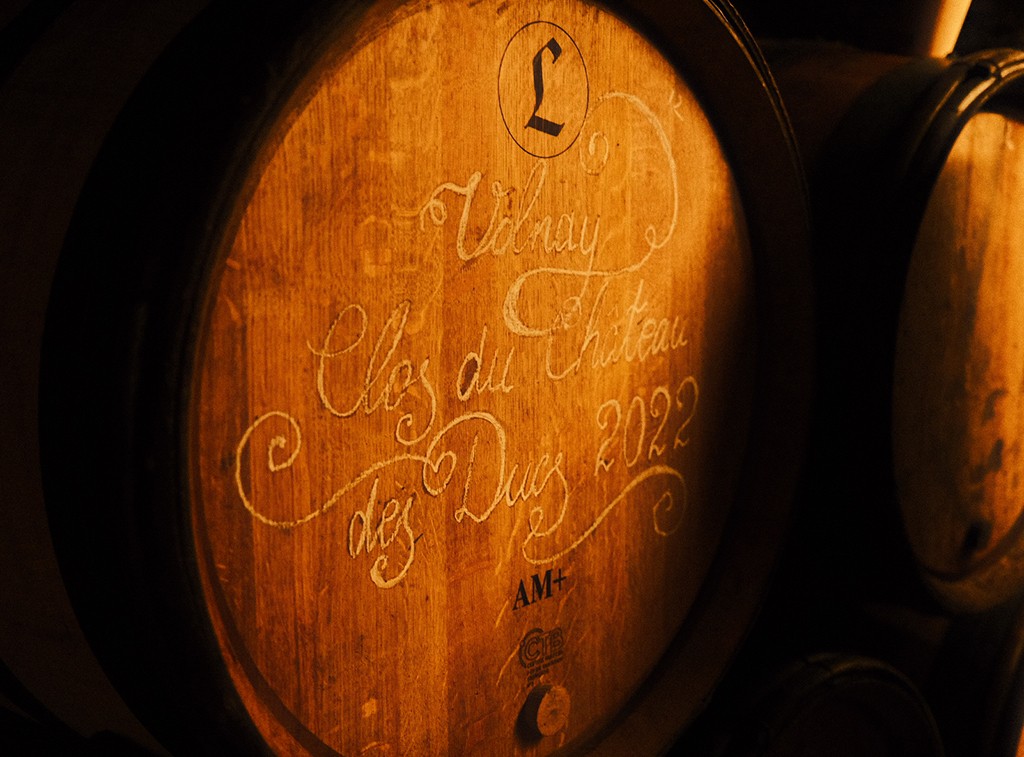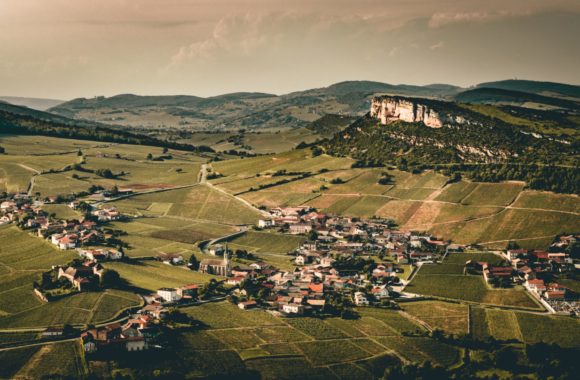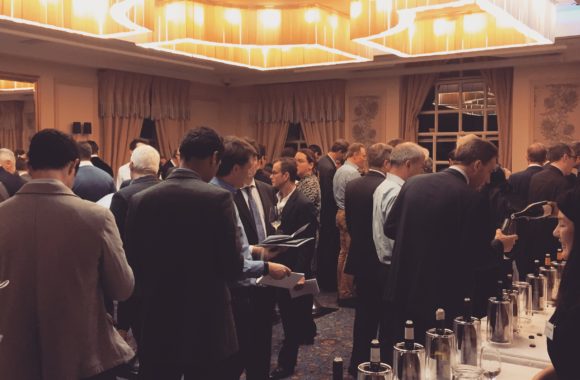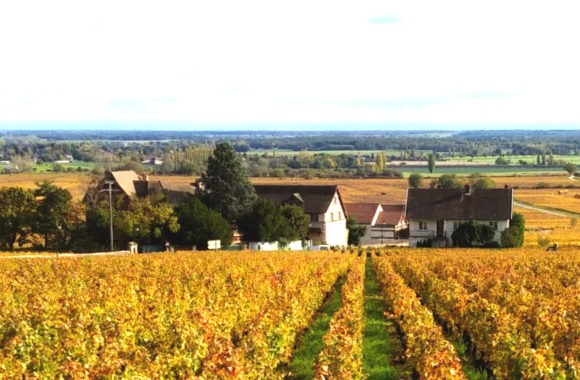
Burgundy 2022 Vintage Report
· Martin Tickle Martin Tickle on
“Be like water making its way through cracks. Do not be assertive, but adjust to the object, and you shall find a way around or through it.”
Bruce Lee
2022 is a return to the new order of hot and dry vintages that Burgundy established with the trilogy of 2018-2020. The winter of 2021 was not particularly cold or wet, but there was sufficient rain in December to replenish the soil. We know that frost decimated Burgundy in 2021, and earlier budding due to climate change makes this increasingly likely. Temperatures in April 2022 dropped as low as -4°C, which was cause for concern but nothing like the -7°C frost and snow that was a fatal combination in 2021. It’s a reminder that viticulture in Burgundy is increasingly risky; the weather almost destroyed 2021, and 2022 escaped by the skin of its teeth.
Flowering occurred at the end of May under benevolent conditions, setting the foundations for a generous harvest. The vintage following a severe frost frequently provides volume; it happened in 1982 following 1981, and again in 1992 following 1991. We have the same phenomenon in 2022 following 2021. The weather during the summer was hot and dry, with just one shower in July and almost nothing in August. However, two rain events set the tone and style of the vintage. The first was a storm at the end of June, where a month of rain fell in Gevrey-Chambertin in one hour. The northern end of the Côte de Nuits took the most rainfall, but rain fell across the region. The vines received the water they needed for the summer, and a minor storm in the middle of August refreshed thirsty vines and produced grapes that were generous in juice. Although the summer was hot, it didn’t rise above 40°C, and 2022 did not experience the heat spikes of 2003 or 2018-2020. Harvesting generally began towards the end of August in the Côte de Beaune and at the start of September in the Côte de Nuits and Chablis. 2022 differs from 2018-2020 in that the weather conditions around harvest enabled a wide window of possible picking. This kind of bespoke picking is not guaranteed and is hugely beneficial to each plot.
With grapes safely in the winery, vignerons were excited about the size and potential quality of the vintage. The last time we saw a vintage with this volume in both colours was the 1999 harvest. Those with longer memories recall the 1959 vintage, the historic high for quality and quantity. The 2021 vintage was only possible due to the tiny volumes that survived the frost; it would not have been possible to ripen an entire crop in the cooler growing season. 2022 is a triumph for opposite reasons; the generous yields have produced wonderfully fluid and happy wines that bring a smile to the taster, just as 2021 brought a frown to the brow of the vigneron.
The white wines of the Côte de Beaune faced the worst of the frost in 2021, resulting in losses of 70-100% of production, and it is particularly heartening to see the vines bounce back in 2022. Yields of 45-50 hl/ha have proved beneficial following smaller vintages; the generosity of the vine is reflected in the wine. These are sunny, smiley wines that retain surprising freshness. The fruit characters are typically in the orchard and stone fruit spectrum but seldom stretch into tropical fruits. Alcohol levels are refreshingly moderate across the board. Vineyards with fresh aspects and higher altitudes have excelled; it’s a beautiful vintage on the hill of Corton and in Savigny-lès-Beaune and Pernand-Vergelesses. Puligny-Montrachet, Chassagne-Montrachet, and Meursault have all produced immediately appealing wines at regional and village levels that are sure to be devoured by a thirsty global market. Still, the top Premier and Grand Crus have the potential for profundity in 2022.
Chablis had its heart-stopping moments when vignerons feared frost had struck, with some anticipating 50% crop loss. Thankfully, the weather was not as severe as feared, and unlike in 2021, the affected vines responded with a second generation of bunches. 2022 continues the trend of sunnier styles of Chablis, but not at the expense of terroir, and there is plenty of freshness and oyster shell minerality. The cooler climate Left Bank Premier Crus continue to overperform in these vintages, and the savvy buyer should snap these up before the market reacts. The Grand Crus of Chablis remain relative bargains in the global context of fine Chardonnay.
The red wines from across the Côte de Nuits are a triumph. These wines are mature in their ripeness but still fresh and floral, with fruits in the red and black spectrum. The wines are less structured than 2018 and 2020 and have more moderate alcohol levels than either vintage. Nature had provided plenty to work with, and the best winemakers were careful to limit fermentation temperatures and be gentle in their extractions. Including whole bunches in red vinification has become increasingly significant in Burgundy. In 2022, many chose to include a proportion, but at lower levels primarily because of the volume of grapes and the amount of space they had in their tanks. Many producers revealed that they had opted for around 30% whole bunch, and they feel that this is optimal in terms of added complexity without the homogenisation of flavour that can occur at higher levels. 2022 is a beautifully transparent vintage for expression of terroir, and it would have been a shame to shroud it. Yields of 40-45 hl/ha have shaped the wines into a joyous, effortless package. It would be easy to underestimate the top Premier and Grand Crus, such is their precociousness today.
2022 is a happy vintage in the producers’ hearts and reflected in their wines. Chardonnay and Pinot Noir across the Cote d’Or bring a smile to the taster with their sapid, lip-smacking drinkability. It was a joy to taste these wines; they have a tonic-like freshness that reinvigorates the palate and mind. There was no need for a post-work pick-me-up at the end of a day’s tasting. The vintage suggests that the vines are adaptable, provided they are planted on suitable rootstocks and of fine massale selection. These are wines that will crave opening at the dinner table in good company, and many will prove to be dangerously drinkable in youth and provide broad drinking windows. Nature provided water at the right time and defined the wines by their generosity of yield and temperament.
Join us this January to delve into the exceptional 2022 vintage at our Burgundy En Primeur Tasting







